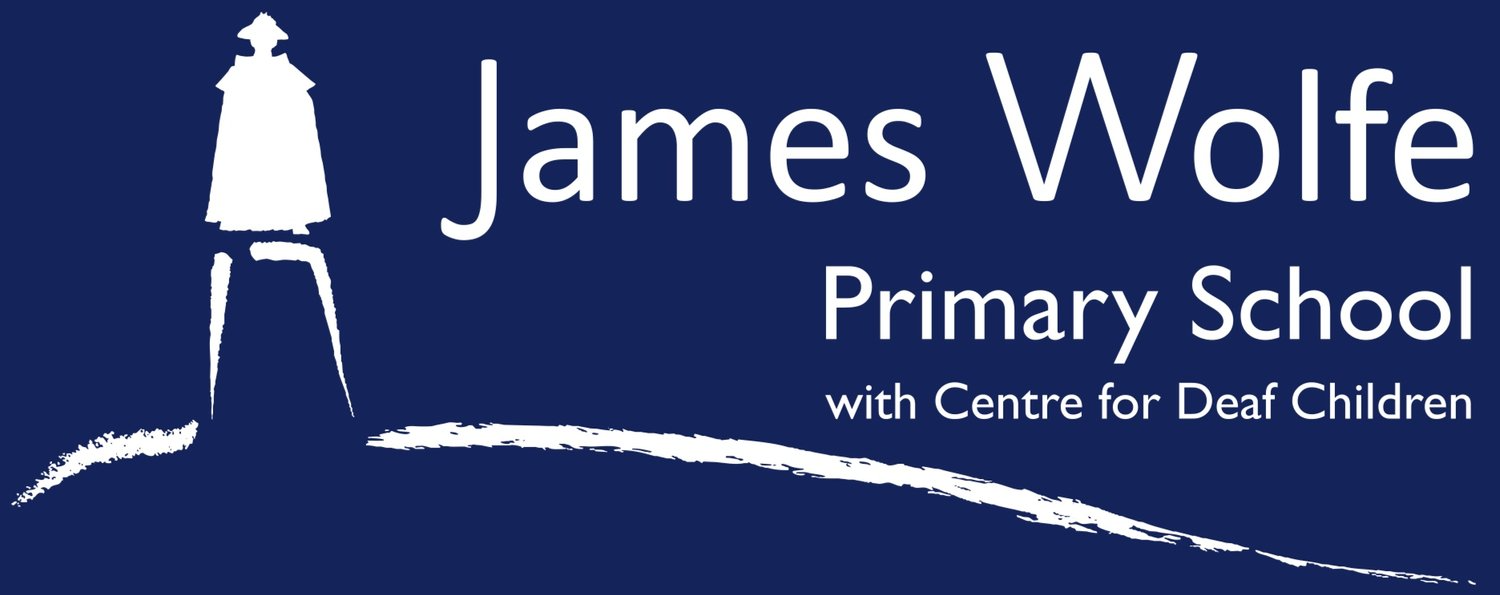Human Biology & Nature
All of the pictures show the children having hands, real life experiences while learning about science. Hands-on experiences in science are crucial as children are actively engaged, making learning more interesting and memorable. These activities help clarify abstract concepts by connecting them to real-world applications, enhancing critical thinking, problem-solving, and technical skills. Working in groups fosters collaboration and communication, while practical experiments improve retention and inspire creativity.
Water Pollution - Nursery
Nursery have been talking about caring for their environment. They looked at examples of water pollution and how it affects people and animals. They visited the Thames and made observations of the colour, smell, and debris they could see.
The also read a book called 'The Odd Fish' which follows the journey of discarded rubbish in the sea and the danger it presents to sea life.
Minibeast Hunt - Year 2
Year 2 had their magnifying glasses ready and went on a minibeast hunt in our Forest School. They looked at the different microhabitats and counted the number of different insects and bugs they could see. They then used an identification chart to identify any minibeast that they were unsure of and then classified them according to their characteristics.
Digestive System - Year 4
This term Year 4 have been learning about the digestive system. After learning about the role the intestines play as part of the digestive system, they participated in a demonstration which showed that when food reaches the small intestines, it is broken down and nutrients are absorbed into the blood, then when it gets to the large intestines, water is absorbed into the blood and any food that can't be absorbed is then stored until you go to the toilet.
Circulatory System - Year 6
As part of the Animals including Humans’ topic, Year 6 have learnt to identify and name the main parts of the human circulatory system. They learnt to describe the functions of the heart, blood vessels and blood. They also enjoyed dissecting a real heart and even found blood clots which we knew were caused by platelets sticking together.




